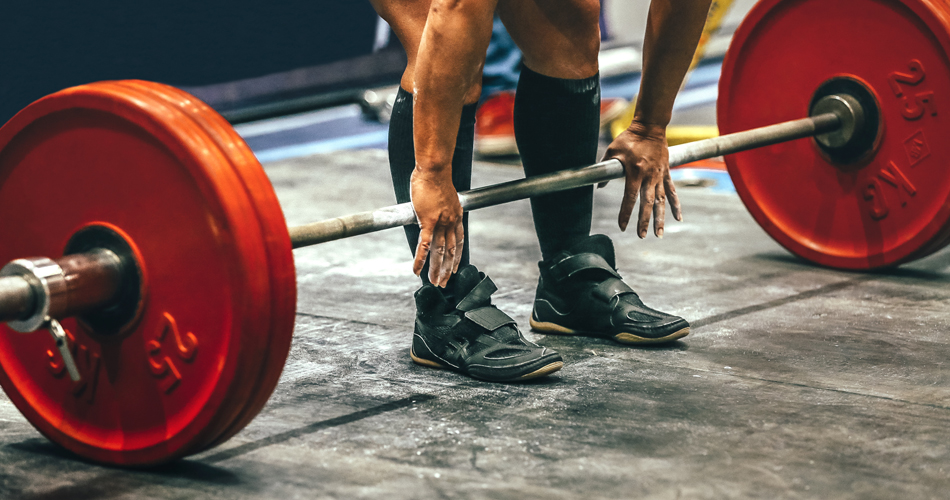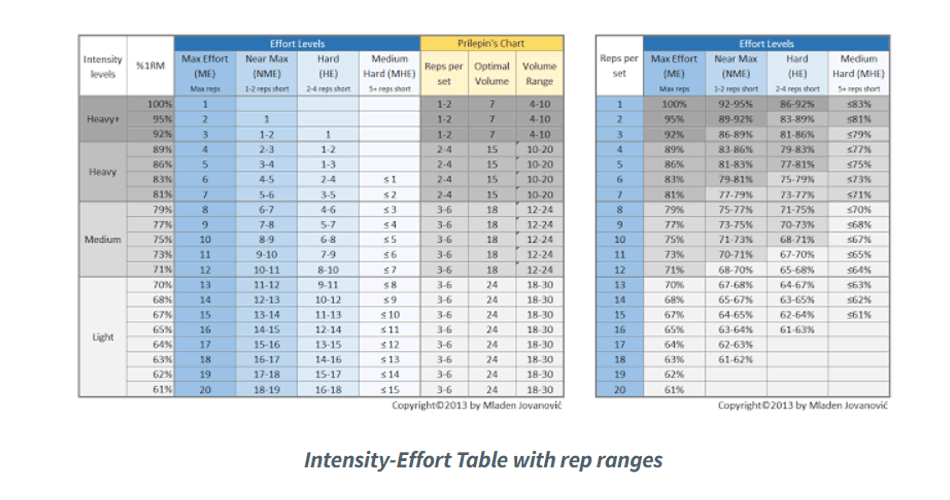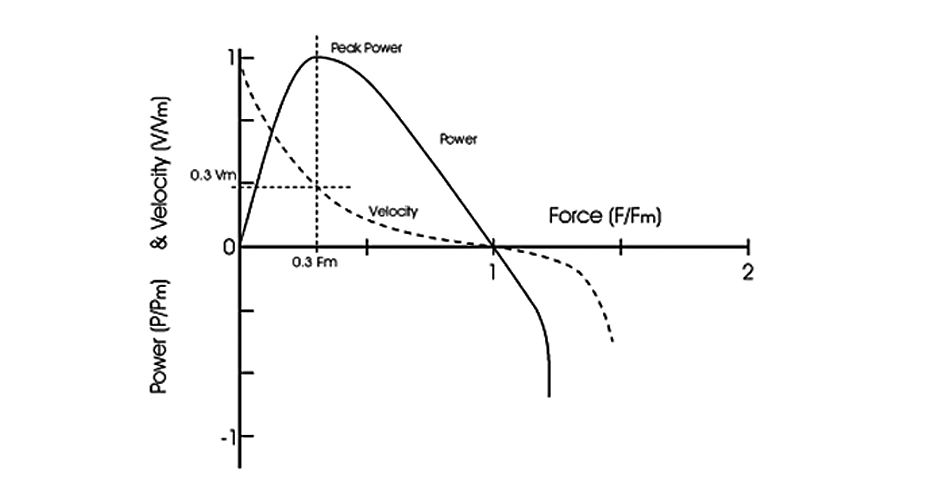Three I’s of Intensity in Strength Training
This is a short rant regarding the confusion that exist regarding the topic of intensity in strength training. Without going into too much of details (I have spoken about this problem before HERE and HERE) my opinion is that Intensity (with the big “I”) has THREE interrelated components:
INTENSITY – This is weight on the bar [absolute], usually expressed as percentage of your maximum lift [% 1RM] or expressed as weight with which you can do certain number of maximum reps [5RM, 10RM, etc]. Example might be squat with 150kg, or bench with 80% 1RM or press with 10RM weight which might be 50kg [10RM = 50kg].
INTENT – Is lifters’ [well duh] intent to lift each rep with maximum acceleration and speed. For example, using 80% 1RM one athlete might use maximum intent and lift it with 0.4 ms-1 mean velocity or he might use sub-max intent and lift it with 0.2 ms-1. With the same intensity [% 1RM] using different levels of intent will yield different levels of force, power, velocity & acceleration and TUT (Time Under Tension). Sometimes this takes form of Tempo prescription.
INTENSIVENESS – This is how close to a failure [RM; repetition maximum] you are. If the intensity is 80% 1RM one might perform 3 reps [pretty away from failure] or perform 7 to 8 reps [which is point of failure]. There are couple of ways of controlling and prescribing intensiveness. One is to prescribe intensity with nRM [e.g. 5RM weight, or 10RM] and prescribe reps with that weight, something along these lines 8[10], which means do 8 reps with the weight you could use to do 10 reps. In other words reps in the tank, in this case 2. You can also prescribe reps in the tank for a given intensity (e.g. lift this weight until you have two left in the tank). Another way is using RPE (Rate of Perceived Exertion/Exhaustion) which is another way to quantify/quality reps left in the tank. One novel way of controlling and prescribing intensiveness is by monitoring velocity of the lifts (especially the stop velocity), taking into account that intent in every rep is maximal.
Coaches, and especially researchers should take into account all three parts of prescribing and quantifying Intensity (Intensity together with Volume provide LOAD; but I will leave different ways of quantifying Volume for another rant) to avoid confusion and provide precision. This could be done with monitoring velocity of the lifts as well and I urge researchers reading this to start using velocity data to supplement usual statistics reported (like 1RM, 5RM, % 1RM, etc).
One thing to consider also is that all these three “components” are related not only to kinetic and kinematic performance [external], but also to MU recruitment, fatigue, etc. Here is a short summary:
INTENSITY – Highly related to force output (both mean and peak) and MU recruitment. Inversely related with velocity taking into account maximum intent.
INTENT – Related to peak force output (not sure about average force), acceleration and velocity along with MU recruitment
INTENSIVENESS – Related to end velocity (taking maximum intent into account) and MU recruitment. Highly related to fatigue, both metabolic and NMF. Related to volume parameters as well.
The tricky part is the complexity of their interaction at both micro (single set and sets for an exercise) to mezo (single workout to a single week) to macro (couple of weeks to couple of months) training effects and training prescriptions. Another complexity is that we still don’t know what drives adaptation (gain in strength, hypetrophy) regarding these parameters (i.e. mean/peak force, MU recruitment, volume, velocity…).
Hence the importance of acknowledging these three components, prescribing it and reporting it with studies.











Responses